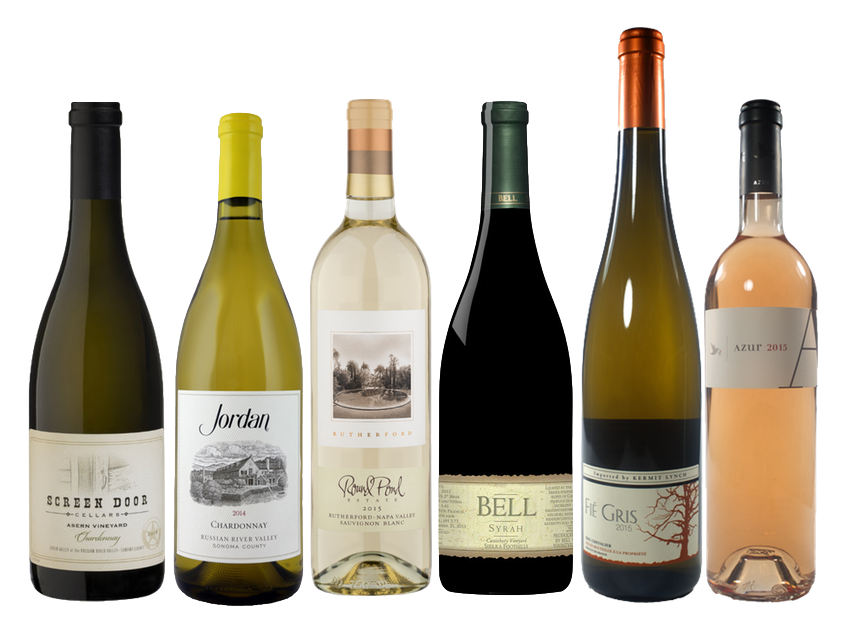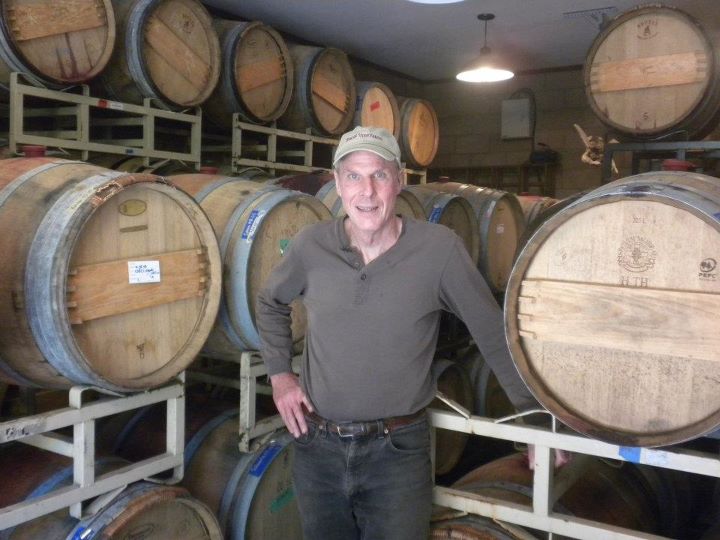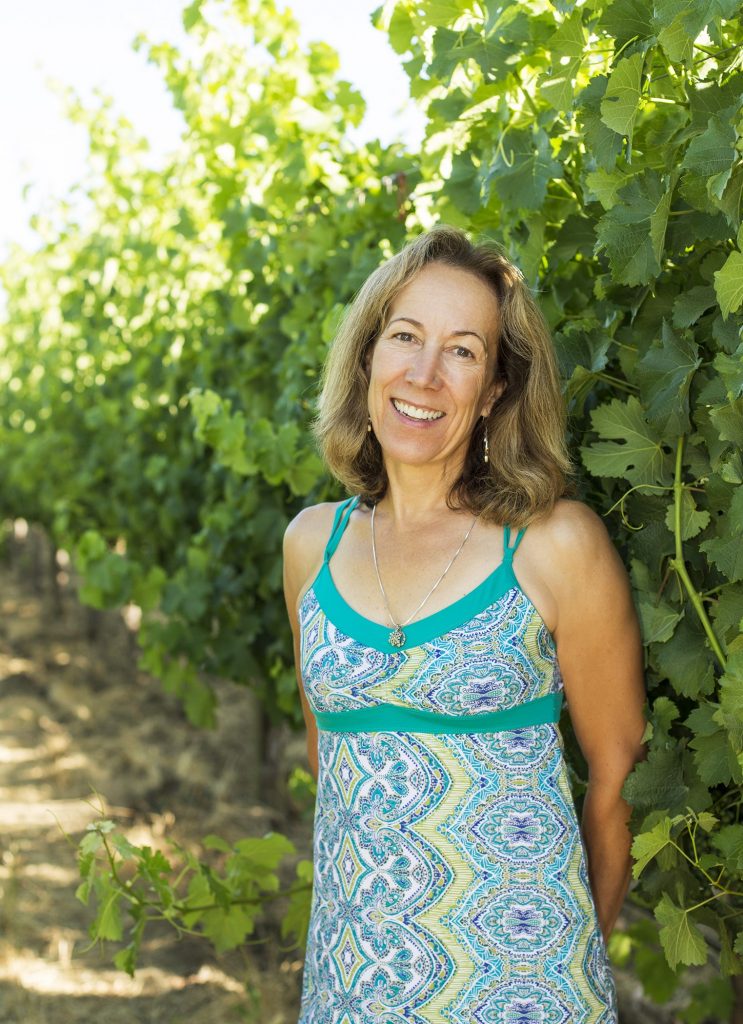Check out this month’s staff picks. See something you like? Add it to your cart, buy it online, and pick it up in store!
Round Pond Rutherford Sauvignon Blanc
Warm weather means one thing to me: dinner on my back porch, and trust me, this wine tastes 1000% better when it’s drunk outside on a warm afternoon. This is everything I want from a wine this time of year. Lots of bright fruit notes including lime, peach, pear, and honeydew melon. Pair with a salad or any spring vegetable you get from your garden.
– Seth
Bell Winery Canterbury Vineyards Syrah
This wine is full of baked plum, fig and date aromas. Maraschino cherry and kirsch liqueur both come to mind, along with the aromas of ample baking spices. A deep, inky purple color, over time the wine will paint your glass a delicate shade of pink. Delicious now, with cellaring it will evolve and grow into the seductive wine it promises to become.
– Ty
Azur Rosé
Did someone say rosé?! It’s that time of year again, and there’s no better way to kick off the summer than with this amazing wine. Notes of strawberry and watermelon are prevalent here, but they’re combined with a lovely scent of fresh air. This beautifully colored wine has slightly copper tints that make it sparkle in the glass. Cheers to the return of warm weather!
-Keegan
Jordan Winery Chardonnay
Higher acid makes the fruit in this wine seem crisp and fresh with notes of white peach, pear, and apricot. The oak treatment is balanced and serves to elevate the fruit without overpowering it. Hints of vanilla and caramel are a wonderful compliment. I think this wine is ideal for pairing with seafood or chicken and will be a wonderful wine to enjoy in the warmer weather to come.
– Spencer
Eric Chevalier Fié Gris
“If you’re a fan of either Sauvignon Blanc or Pinot Gris, you’re going to like this wine, as it tastes like a unique blend of the two. It’s actually a relative of Sauvignon Blanc, but with light pink grapes. Light and crisp, this wine is full of herbal notes like dill, celery, and fennel. It would make a great pairing with salads, appetizers, and shellfish.
– Walker
Screen Door Cellars Asern Vineyard Chardonnay
We’ve been fans of Screen Door Cellars for a while now. They’re producing some of our favorite small-batch wines coming out of Sonoma. This is their first ever bottling of Chardonnay, and it’s quickly become a constant presence at my dinner table. A mature oak program lends notes of lemon pound cake and crème fraiche. On the palate, you’ll find yellow apples, pie crust, and vanilla mouse.
– Mr. Baker




